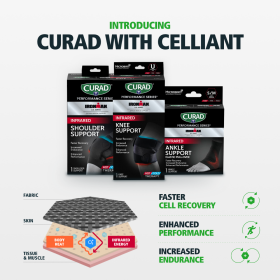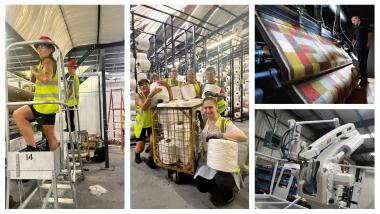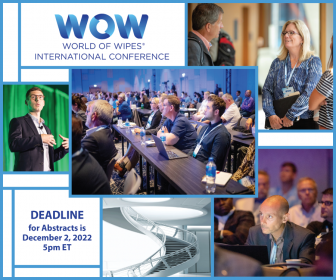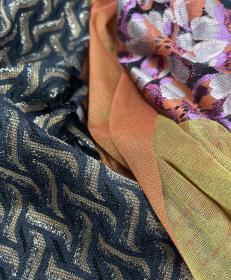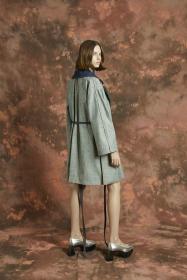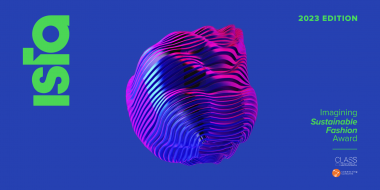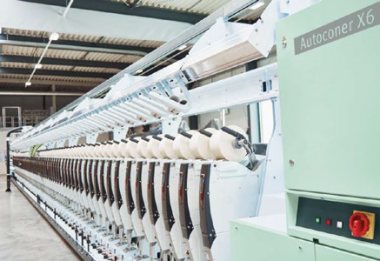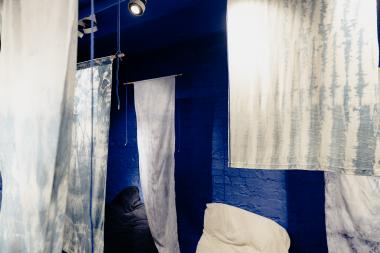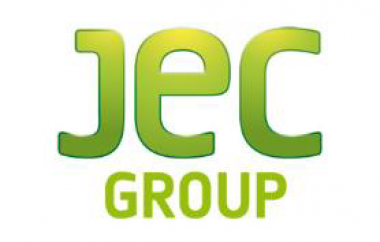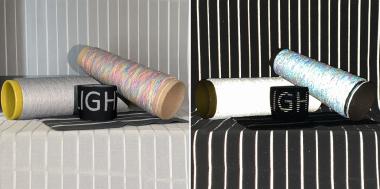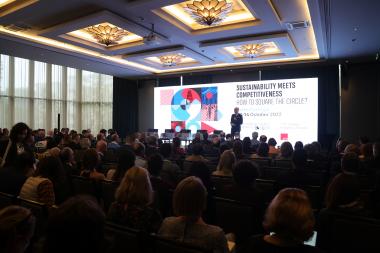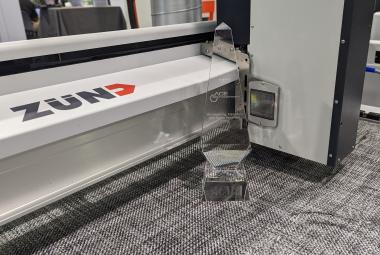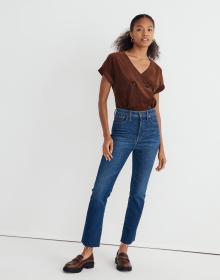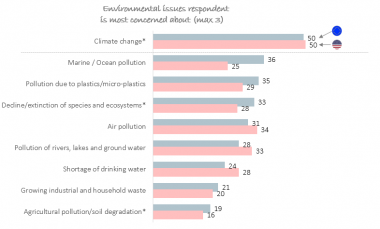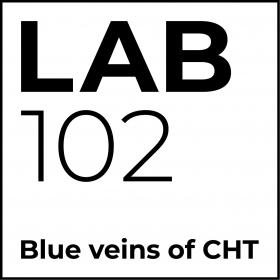Medline and Hologenix launch new orthopedic infrared products
Medline, a medical product distributor and manufacturer, together with Hologenix® launched a new line of CURAD® Performance Series® orthopedic products powered by CELLIANT® infrared technology.
CELLIANT, the flagship innovation of Hologenix, is a proprietary blend of natural minerals that allows textiles to convert body heat into infrared energy, returning it to the body and temporarily increasing local blood flow and cellular oxygenation. This has been clinically demonstrated to support recovery from physical activity and fatigue, increase endurance and stamina, and boost overall performance in healthy individuals, among other benefits.
Trusted by athletes, CURAD is the Official Medical Supplier of the IRONMAN® U.S. Series. The new orthopedic products powered by CELLIANT infrared technology are the latest additions to the CURAD Performance Series collection and including different infrared supports designed for the ankle, knee, back, shoulder, as well as multipurpose use.
“This new CURAD Performance Series offering represents a major expansion of CELLIANT infrared (IR) bio-responsive textiles into the sports medicine field,” said Seth Casden, Hologenix Co-Founder and CEO. “We are honored to partner with Medline and look forward to future introductions.”
In addition to the inclusion of CELLIANT infrared technology, Medline has engineered the elastic supports to provide targeted compression for enhanced local circulation that helps reduce swelling, with a contoured fit that won’t slip or shift during normal activities with silicone grips that keep the product in place.
The removable hot/cold therapy supports provide adjustable compression and a gel compress that can be cooled or heated to further reduce swelling and discomfort.
Hologenix, LLC / Sarah Fletcher Communication


